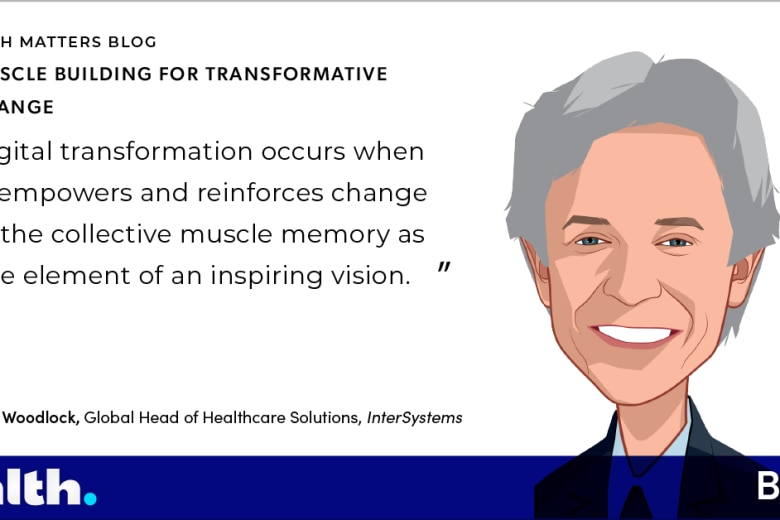The last thing that cardiologists need in their busy work lives is heartache. Among medicine’s most complex specialties, cardiology requires the management of acute and chronic patients, interactions with many different clinicians, and plenty of diagnostic and interventional procedures. All of that work generates a lot of data. Whether this leads to painful information overload or stronger patient outcomes depends on health IT.
As a cardiologist who practiced in the age of pen and paper, I know firsthand that health IT is a natural fit for this data-rich specialty. Here’s a look at why that’s true—and what technology can do for you.
Cardiology’s Data Woes
When I picked up night shifts and was responsible for patients whom I hadn’t ever met, I was lucky if the prior doctor scribbled a few notes to get me up to speed. Some clinicians performed proper medical record documentation, but others didn’t. It’s hard to quantify the number of wasted hours spent analyzing paper charts and hunting down missing information. Almost everything was on paper, CD-ROM, or USB drive—or tucked inside the unreliable memory of a patient.
When something went wrong, I dug through a textbook or phoned a consultant and hoped they would answer. My colleagues and I trekked to the lab for urgent results and did our best to steal a few minutes with radiologists when they were available. Nurses scanned the ward in search of physicians, and vice versa.
Because no clinical data came easily, tracking down the insights that drive stronger care was a job in itself.
Healthy Data for Healthy Hearts
Thankfully, that arrangement stands in stark contrast to the job of today’s technology-enabled cardiologist.
Now, when physicians need to view imagery from a cardiac catheterization, we can instantly pull up the data on their computer or mobile device. A colleague’s sloppy handwriting no longer poses a barrier to care. Smartphones offer unparalleled access to a patient’s electronic medical record. And this doesn’t apply only to data pertaining to a patient’s history with a particular healthcare provider—interoperability provides for unified care records that stretch across organizations.
When a patient’s condition changes, electronic notifications immediately update the physician, no matter their location. Clinical decision support tools draw on the latest evidence—which is quite useful during an evolving pandemic—to aid care at the bedside. Alerts signal doctors to lab results as soon as they become available. Clinicians don’t spend all night wandering the ward, hoping to find the person they need.
Everything seems a click away.
What Does Healthy Data Mean for Cardiologists?
Easy access to good, clean data allows for quicker, more informed decision-making. Physicians can even deliver care outside the hospital by using a phone or tablet to consult with patients, prescribe medications, and order tests. Health IT, simply put, enables physicians to achieve more desirable health outcomes with greater efficiency.
This seems especially true for cardiologists.
As I noted above, the specialty involves the management of acute and chronic patients, who tend to undergo many different procedures. Healthy data, available when and where cardiologists need it, empowers us to calculate risk. Health IT means it’s no longer arduous to collaborate with other specialties to treat patients and their complicated conditions.
Cardiology sits at the forefront of innovation and research. Organizations like the American Heart Association often updates its clinical practice guidelines, meaning that keeping up with new standards is a challenge. But electronic clinical decision support eases that burden by continuously implementing those updates. These tools help us standardize care by suggesting care pathways for patients with conditions like heart failure. Because we know what to expect on the first and final days of treatment, we’re better positioned to pivot when necessary.
By leveraging data and analytics, cardiologists can view patient cohorts to gain a clearer understanding of what’s happening at scale. These days, it’s simple to determine which patients with chronic heart disease are taking a particular medication and experiencing certain symptoms or adverse events. That knowledge can produce the kind of insights—into, say, the development of complications—that help save lives.
And cardiology is only beginning to feel the effects of innovations such as telehealth and machine learning. These technologies are here to stay, and they’re likely to further enhance the work of cardiologists across the world.
Even so, health IT can’t replace the physician. Cardiologists will always handle the hardest part: doing everything possible to get patients home with their hearts intact. If that job doesn’t warrant good, clean data, then what does?




































